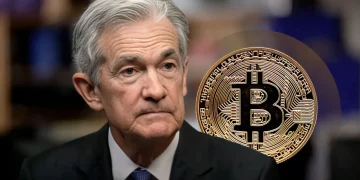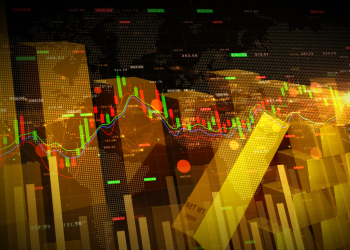ECB telah mula mengurangkan kempen dua tahun terhadap inflasi yang tinggi yang bermula selepas pembukaan semula ekonomi yang pesat selepas pandemik COVID-19 dan konflik Rusia ke atas Ukraine.
Inflasi di 20 negara yang berkongsi mata wang euro jatuh kepada 2.2% pada bulan ini, kadar paling perlahan sejak Julai 2021 dan hampir dengan sasaran 2% ECB, berdasarkan bacaan awal oleh pejabat statistik Kesatuan Eropah, Eurostat.
Walaupun kejatuhan ini kebanyakannya didorong oleh harga tenaga yang lebih rendah dan mungkin berbalik arah pada akhir tahun ini, ia masih dijangka mempercepatkan keputusan untuk pengurangan kadar kedua oleh ECB pada 12 September selepas langkah pertama pada bulan Jun.
“Penurunan ketara dalam inflasi utama pada bulan Ogos menjadikan pengurangan pada bulan September satu kesimpulan yang pasti,” kata Tomas Dvorak, ahli ekonomi kanan di Oxford Economics.
Ahli lembaga ECB hawkish yang terkenal Isabel Schnabel seolah-olah membuka pintu kepada lebih banyak pelonggaran pada hari Jumaat, mengatakan bahawa pengurangan kadar secara beransur-ansur mungkin tidak akan mengganggu proses penurunan inflasi seperti yang dibimbangkan oleh sesetengah penggubal dasar.
Namun, laporan menunjukkan pertumbuhan harga dalam sektor perkhidmatan yang diawasi rapi oleh penggubal dasar kerana ia lebih mencerminkan permintaan domestik berbanding keadaan luaran meningkat kepada 4.2% daripada 4.0% yang sudah tinggi.
Ini mungkin hasil daripada lonjakan daripada Sukan Olimpik di Paris, tetapi juga kuasa perbelanjaan yang lebih besar oleh pekerja selepas beberapa kenaikan gaji baru-baru ini.
Buat masa ini, pasaran menjangka kira-kira enam pengurangan kadar sebelum akhir tahun hadapan, lebih kurang satu pengurnagan lebih banyak daripada yang dimasukkan dalam unjuran ekonomi ECB sendiri, menunjukkan bahawa pasaran lebih optimistik tentang unjuran harga daripada ECB.
Ini sebahagiannya kerana ahli ekonomi pasaran melihat penurunan inflasi yang lebih besar pada musim luruh ini daripada unjuran penggubal dasar ECB sendiri.
Penggubal dasar menyatakan mereka tidak akan yakin dengan unjuran inflasi sehingga pertumbuhan gaji perlahan, dengan bank pusat Jerman terutamanya mengawal risiko ini.
Namun, dengan inflasi kini hampir mencapai sasaran ECB, para penggubal dasar zon Eropah mungkin akan memperluas perbincangan mereka daripada tumpuan tunggal terhadap inflasi untuk mengambil kira tanda-tanda kelemahan ekonomi.



























































